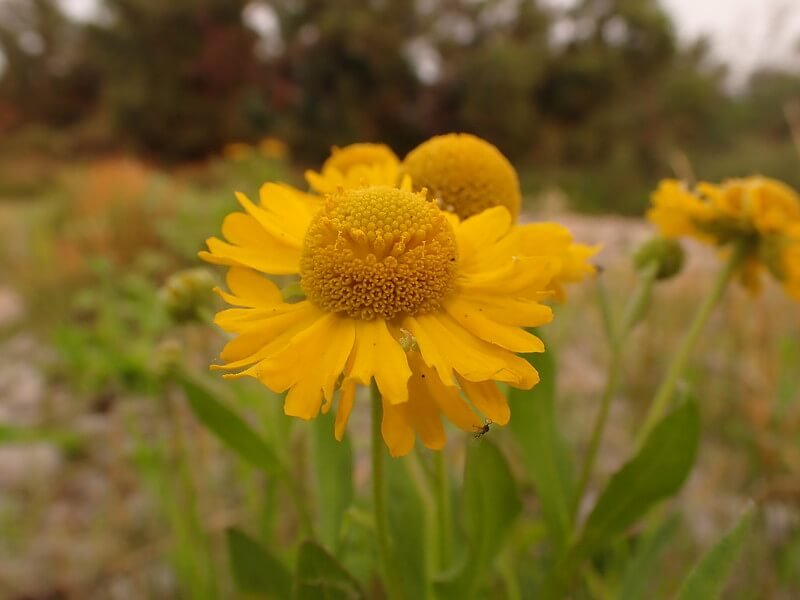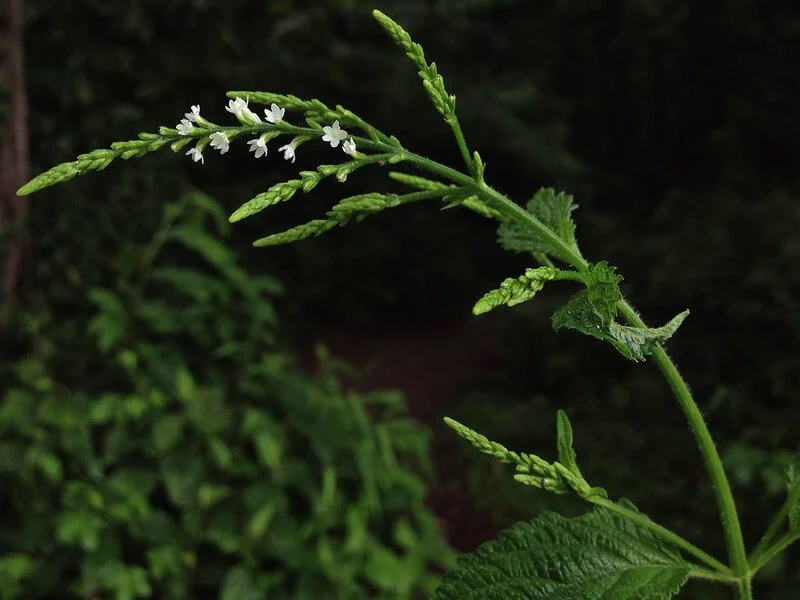Life Cycle: Perennial
Sun Exposure: Full-Partial
Soil Moisture: Medium/wet-Medium/dry
Height: 5 feet
Plant Spacing: 2-2.5 feet
Bloom Time: July-August
Bloom Color: Yellow
Advantages: Pollinator Favorite, Deer Resistant, Recommended but vigorous
Host Plant: Cloudless Sulphur, Orange-barred Sulphur, Sleepy Orange butterfly and 4 other species of butterflies and moths use this as a caterpillar host plant (nwf.org) (xerces.org)(butterfliesandmoths.org)
Complementary Plants: Joe-Pye weeds, Sneezeweed








